Our Hope for Widows program has embarked on its second year. In recent weeks, we’ve met the first round participants who have been preparing for their second round of grants. We’re also choosing a new group of women to be participants in the next cohort. We have a lot of information to pass along about how the widows have been using their training to build their businesses, feed their families, and pay for school fees. Let’s look at some of the ways Maasai women in Kenya are learning to support themselves through our Hope for Widows Program.
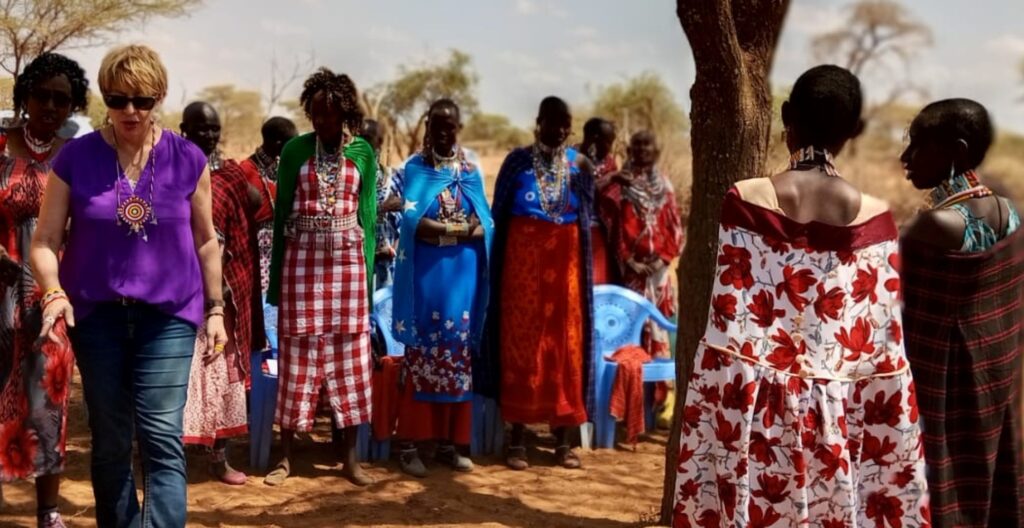
Building Blocks for Success
Over the last couple years, we’ve helped Maasai widows obtain their rightful land and learn important business skills. Last week, we went to Amboseli and the Kilimanjaro Highlands to meet with women from our first groups of the Hope for Widows program. We asked them the most impactful skills they learned in the program’s pilot, and there were two answers that were repeated: making a profit and becoming self-reliant. In spite of a devastating drought that carried into this year, these women managed to make enough money to cover their expenses, send their kids to school, and create a savings box, even during rapidly increasing inflation.
This might seem like a small feat, but its significance should not be overlooked. WILK Co-founder Joseph Larasha noted that these women look very different this year; specifically, they’re healthy. The widows are eating regularly, feeding their children and sending them to school, and building their businesses. One widow said, “My life is very different now. I am able to take care of my children and eat a meal every day.” Another widow said, “What more can I need?” It’s humbling to hear these reactions, and it shows us that the Hope for Widows program is impacting their lives—for the better.
Responding to Needs
We also asked the widows what they would do with a second grant. At first, the Kilimanjaro widows said they wanted to use the grants to buy more land. This is outside the requirements we have to receive the second grants; buying land, at this stage, would not help them increase business capital. These widows seemed to have missed the point.
We traveled down to meet them, anticipating a difficult talk where we crush their homesteading dreams. When we arrived, however, they had collectively changed their minds, noting that they could use the money in better, more profitable ways. After sharing their initial plans with us, they got together and had their own brainstorming session. Without our prompting, they realized their ambitions were off track and readjusted their hopes to better support what would be best. The fact that they came to this conclusion shows just how much they learned by participating in the program.
They received their second grants from us last week, this time for $100. With their businesses already off the ground, this cash infusion should help stabilize operations and take these ladies to the next level. We can’t wait to see what they do to further improve their businesses.
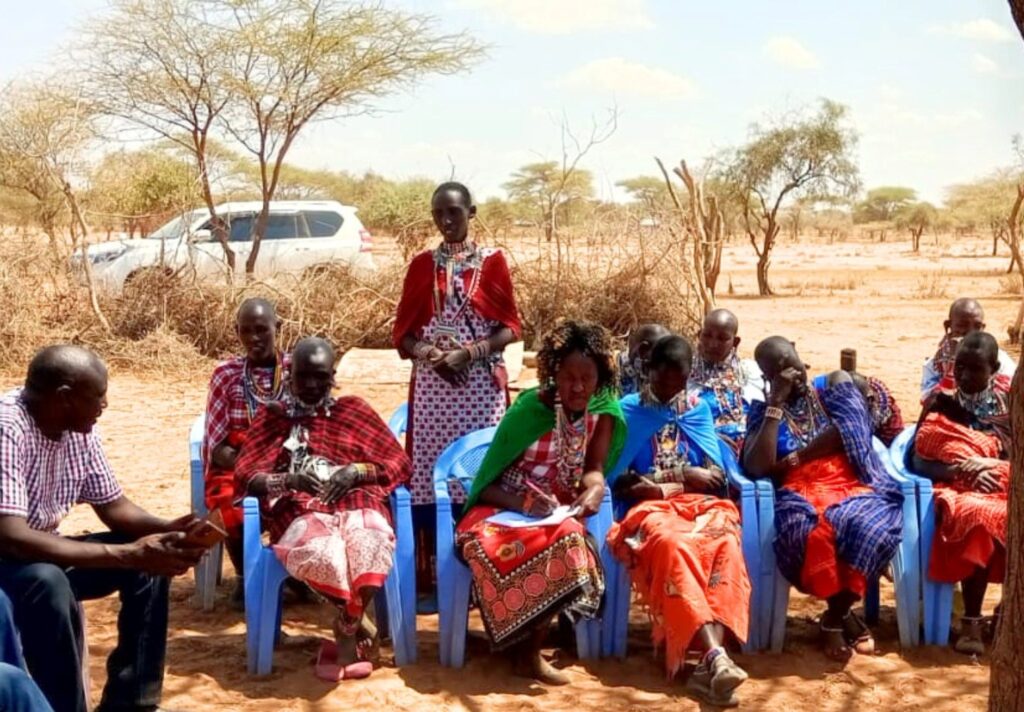
Hope for Those Without It
One widow named Koyiaso has certainly made the most of her new business skills. She decided to sell Maasai fabrics, which she purchases in Arusha, Tanzania, and then sells at various markets in Kajaido County. She will walk as far as 5-6 km (about 3.5 miles) to sell shukas and other garments. As a result of her efforts, she saved enough money to buy a fence that now surrounds her property.
One day, our team was driving to visit one of our boreholes when they saw a very small woman carrying a pack on her back about the size of her. They slowed down only to see that it was Koyiaso, making her daily commute. She was so excited for our team to see her putting her training into action. This is just one example of the success our widows are achieving.
Another mark of success has been a true Maasai favorite–baby goats. At the Goats and Grants Ceremony last year, three goats and $200 USD grants were distributed to the widows. In the past few weeks, many of the goats had babies. The widows have agreed to paying their good fortune forward by giving one of their baby goats to other women in need. They’ve learned to work hard, work together, and work towards autonomy.
They also have new goals they’d like to reach. When we asked what else they’d like to get out of the Hope for Widows program, they had some suggestions. A group bank account of their own was one. Another was a chance for field trips. We’ll continue to provide training and opportunities for these widows in order to help them have successful businesses.
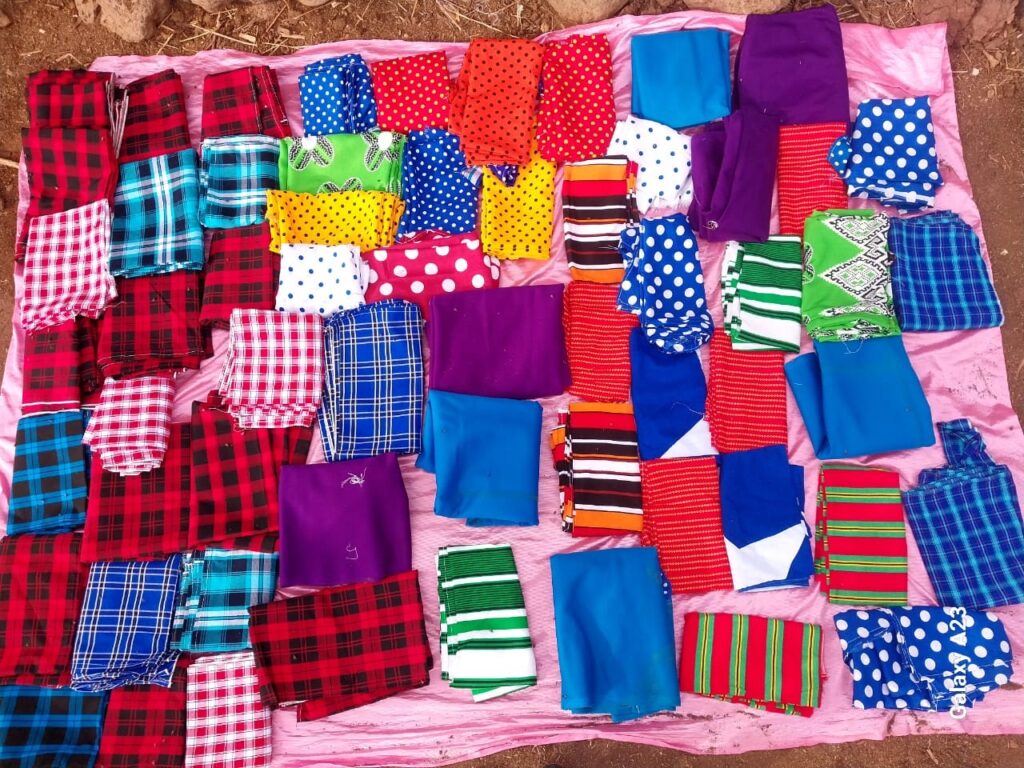
What’s Next for the Widows
After distributing the second round of grants, we began meeting with the second round of widows in Ogulului to start their training. This time, we’ve chosen mostly young women (the average age is 30) who are recently widowed. These widows have younger children who are still dependent on them, and many have lost their husbands within the past couple years. They also are still dealing with the drought because it didn’t rain in Ogulului. Unlike the Kilimanjaro or Amboseli widows, some of these widows have been working as day laborers, hiring themselves out to build houses in other towns. Others have been building thorn-bush fences. Still others have been making beadwork and selling it at the market.
It’s also clear these younger widows are having difficult time processing their grief. It’s our hope that having a community of women who are dealing with the same issues will benefit them as they step out of the darkness of isolation and into the light of community. Already, this group shows great promise, resolve, and determination, characteristics needed to run successful businesses in the hard, semi-arid Kajiado bush.
We’ll be carrying out essential training session in August, culmination with the next Goats and Grants Ceremony on August 26 so that they can get started with their businesses as soon as possible. We’re forward to another successful, transformative year with this new group.
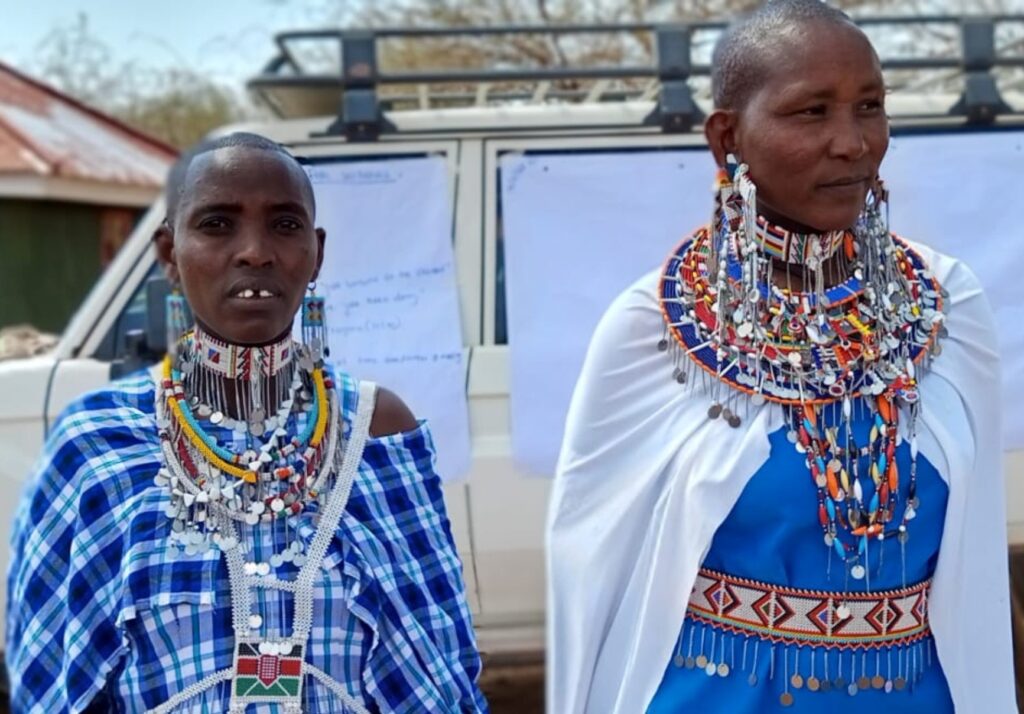
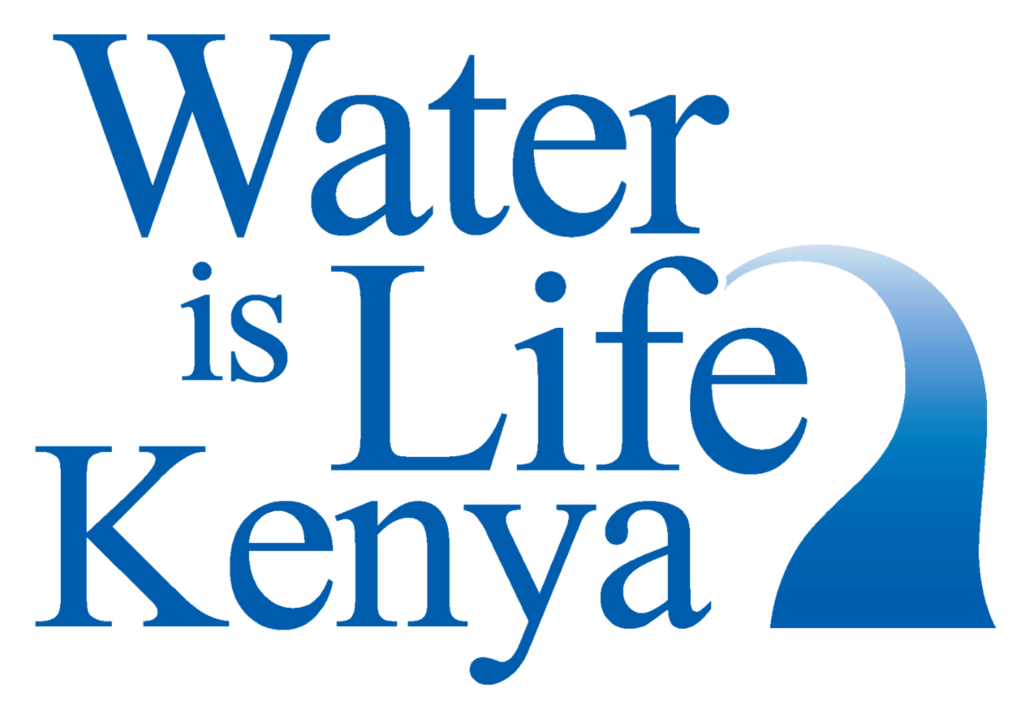
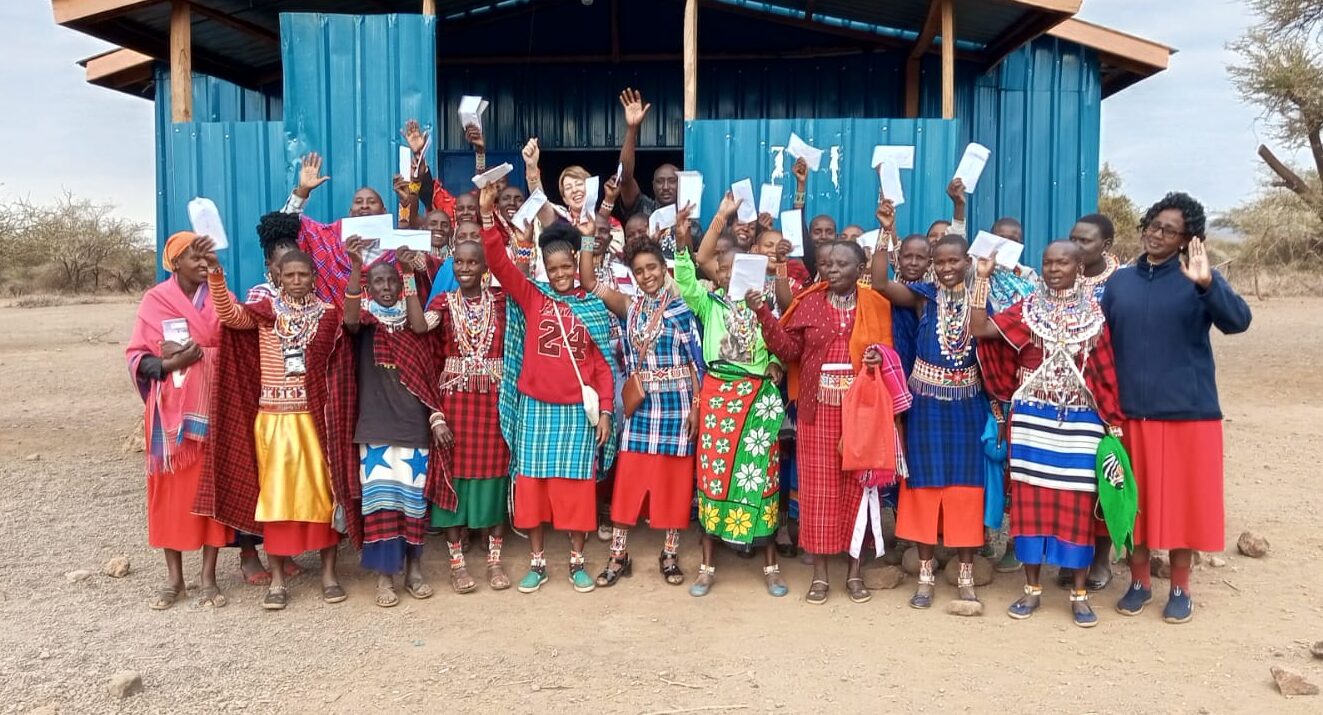
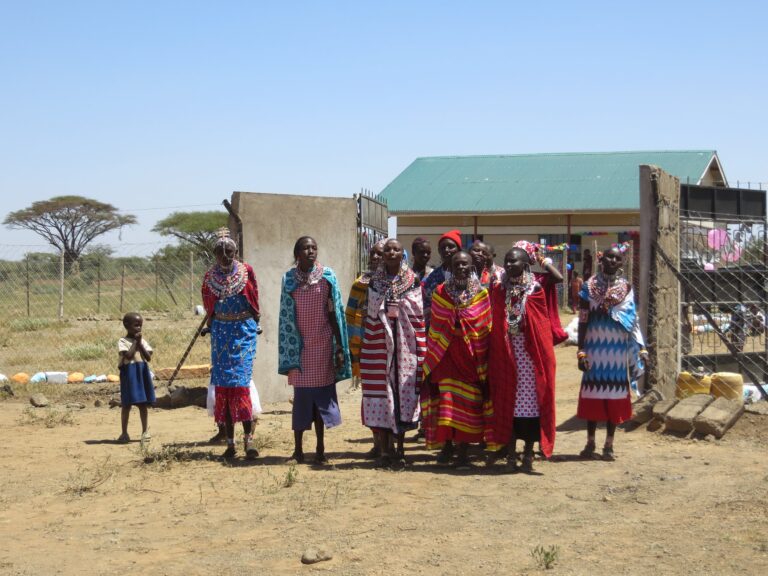
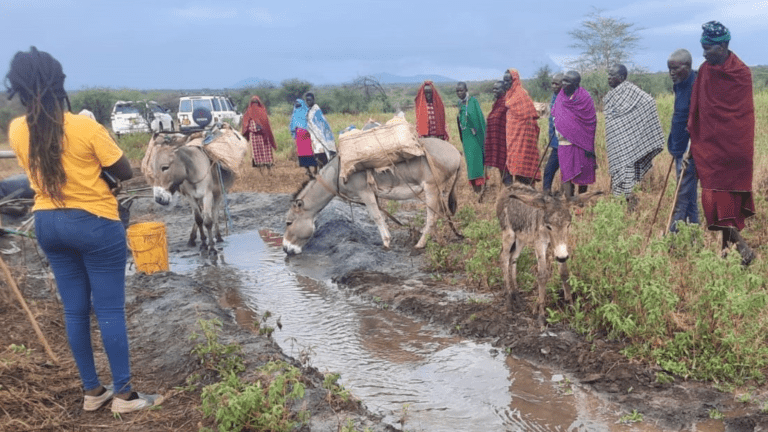
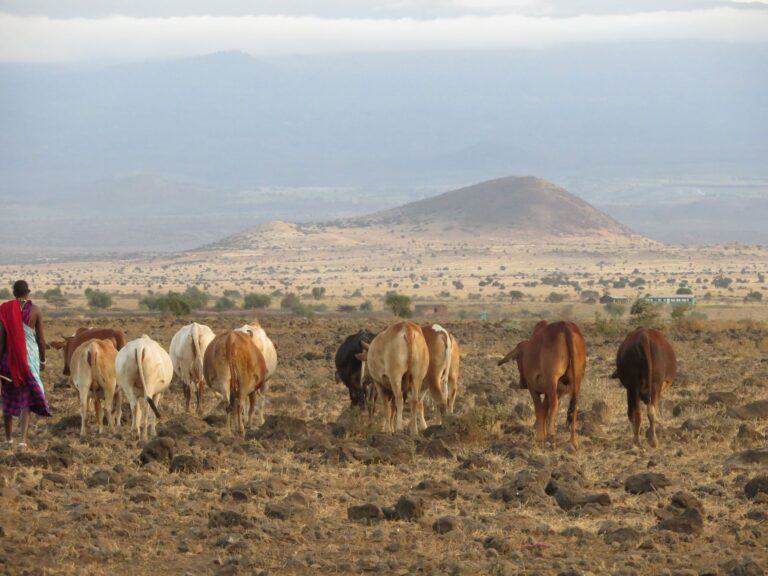

Pingback: Goats and Grants, Round 2 | Water is Life Kenya
This is a fantastic program! Our organization also work with a group of women in the Maasai tribe in Kajiado County, Kenya and would love to collaborate with your organization to bring your program to them.
Pingback: Animals, LAB, and Maasai Traditions